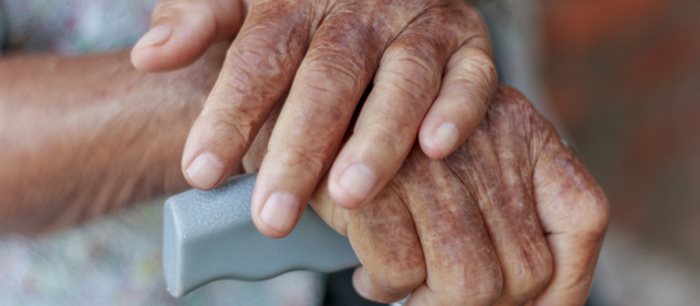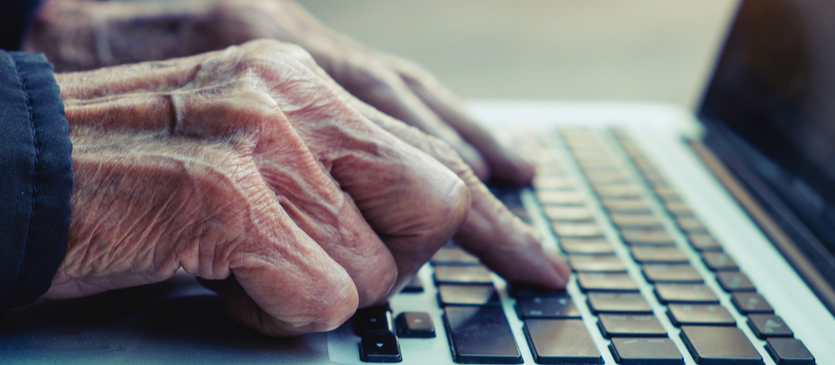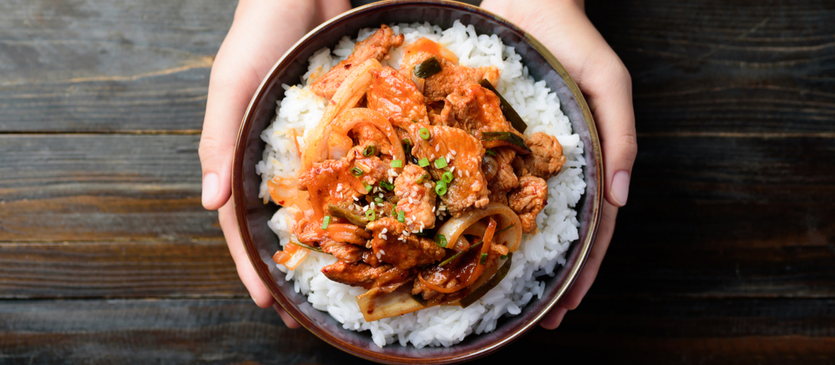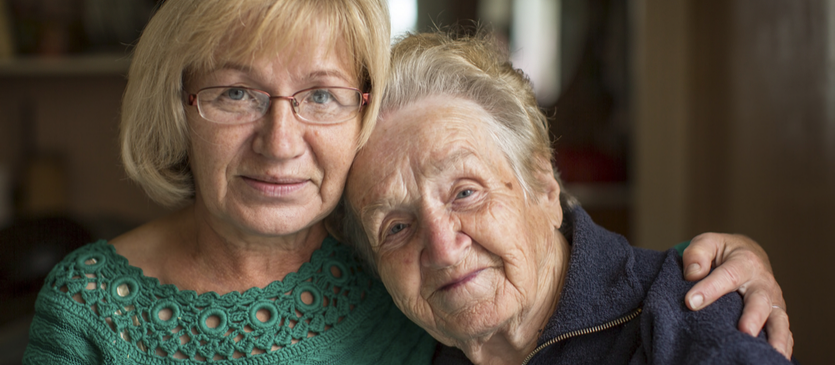Falls are common, and, for most of us, not such a big deal. A child or young person may fall almost daily as they play a sport or practice a skill. Children usually bounce back quickly from a fall, brushing themselves off and resuming their activity. Even adults who trip over can recover within a day or two with little more than a bruise or sore muscles. Sadly, falls are much more serious for the elderly. Unlike young people, seniors’ bodies simply can’t withstand and recover easily from the trauma of a fall.
Falls are a major health issue for seniors. The latest figures reveal one in three Australian adults over 65 experience at least one fall per year. Falls are the leading cause of injury-related hospitalisation in persons aged 65 years and over. As our population ages, the incidence and cost of falls is predicted to rise sharply. In NSW, the cost of treating fall-related hip fractures is expected to double by 2051.
Why are falls so dangerous for the elderly?
When an elderly person falls it is often the result of a pre-existing disability or health issue. Falls could be the result of dizziness from low blood pressure, poor balance and muscle weakness, or a minor stroke or heart condition. These falls can result in lacerations, hip fractures, and head traumas, amongst other injuries. And in many cases, the initial injury isn’t the main challenge. Lengthy hospitalisation, slow recovery time and painful rehabilitation can severely limit a person’s quality of life and cause them to age the equivalent of five years in five weeks.
The Long Lie
The fall may be just the beginning of the trauma. Often, elderly people remain on the ground for more than an hour after a fall. This ‘long lie’ is most often associated with weakness, illness or the social isolation of living alone. Time spent on the floor can lead to multiple complications including muscle damage, pneumonia, pressure sores, dehydration and hypothermia.
Post-Fall Syndrome
Falls can have devastating consequences, even if the person is not seriously injured. Many people experience symptoms of “post-fall syndrome” – a loss of confidence, hesitancy, tentativeness – that remains with them for life. Post-fall syndrome can reduce a person’s confidence, mobility and independence. After falling, around one in two elderly people report a fear of falling and one in four reports reducing their level of activity. This could mean they avoid essential activities such as shopping or going to the bank or they could stop attending social activities or exercising. Without the confidence and mobility to leave the house and live independently, the person is suddenly far more dependent on others. If they have no spouse or carer to lean on, the circumstances may prompt the urgent need for residential care.
Prevention and Risk Reduction
Fall prevention, especially in the home, is an essential part of staying healthy for the elderly. To reduce the likelihood of a dangerous fall, elderly people should take these simple measures:
-
Check your medications. Some common medications can cause dizziness and drowsiness, and simply standing up quickly can result in a fall. Ask your doctor or pharmacist to identify any prescriptions or over-the-counter drugs that could cause dizziness and, if possible, find alternatives. Always take medications as prescribed and be mindful when standing up to take it slowly.
-
Exercise regularly to strengthen muscles and improve balance. Leg strength is crucial, so your elderly parent should try to get at least three sessions of exercises that will strengthen bones, improve coordination, and increase endurance. Try gentle resistance exercises such as Pilates, swimming, dancing and Tai Chi. A fitness tracker will encourage them to move often throughout the day to stay active.
-
Be smart with shoes. An elderly person’s shoes should be supportive, low-heeled, and provide good grip. Although people love an old pair of ugg boots or fluffy slippers, avoid walking around the house in loose-fitting slippers with no grip.
-
Turn on the lights. Encourage your elderly relative to avoid “feeling their way” through the dark when they get up in the night-time, as they could trip over a loose electrical cord, a fallen object, or a thick rug. Install a night light within easy reach when getting out of bed in the dark, and place reflector strips along skirting boards leading to bathrooms or doorways. All stairways should be adequately lit with switches at the top and bottom.
-
Poor eyesight. Weak and blurry vision can make you more prone to stumbles and falls. Ensure your parent visit the optometrist regularly to have their eyes tested and correct glasses fitted.
If you are concerned about the safety of an elderly friend or relative, put measures in place so you are able to easily check they are okay. Make sure you minimise any activities or tasks which may prove hazardous by having them done for them or making them less risky.




